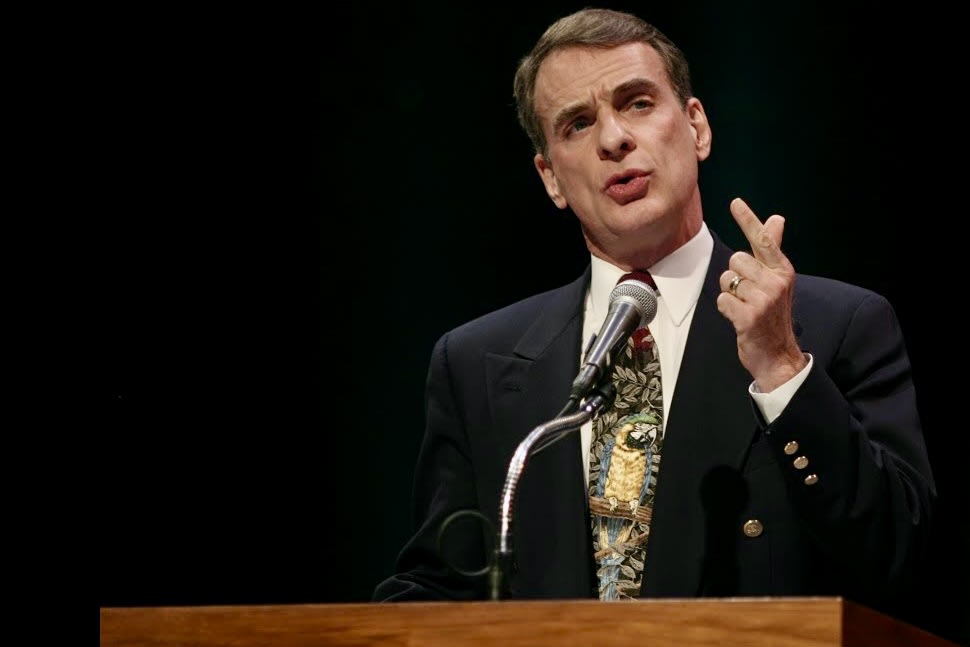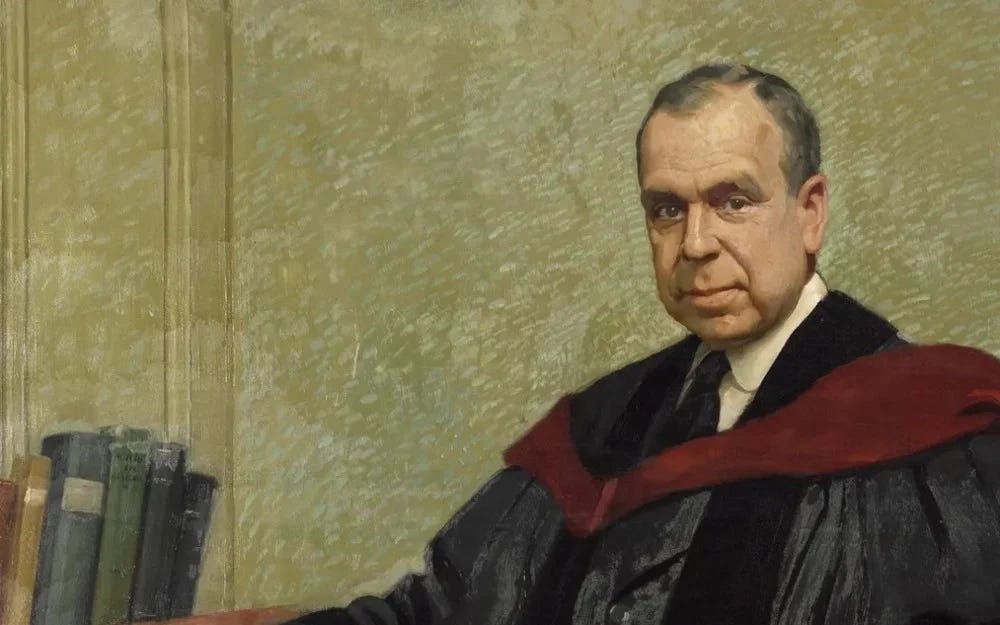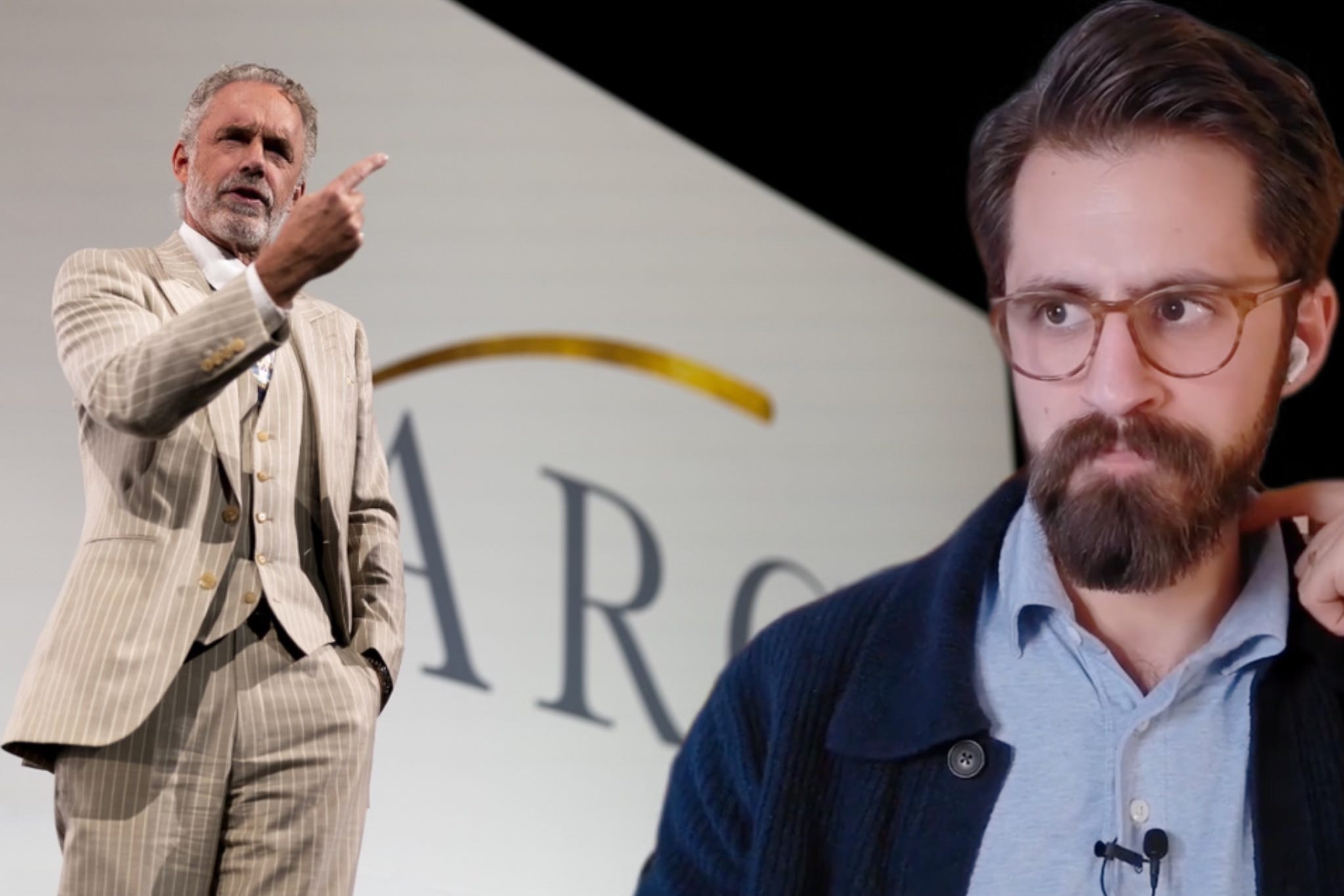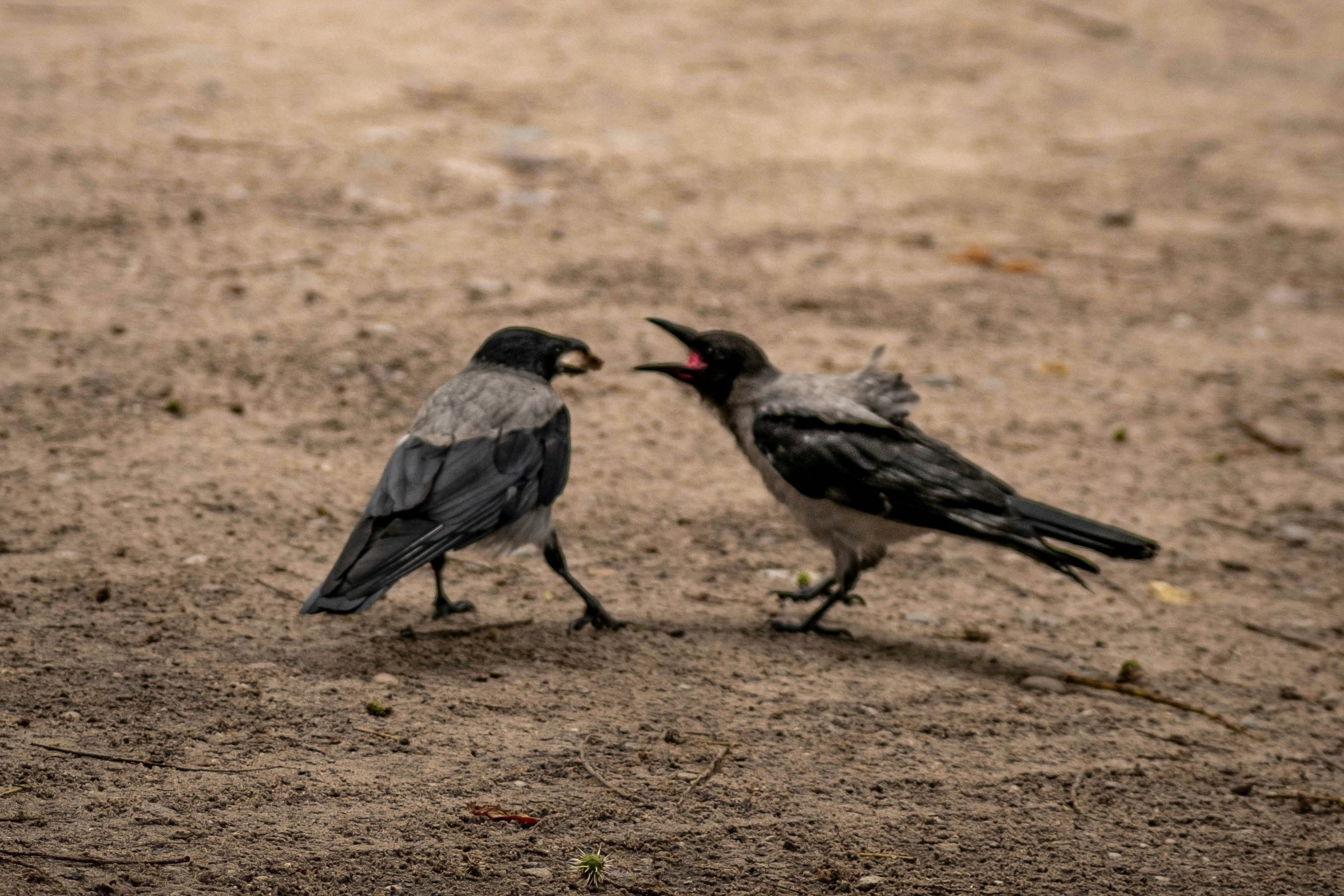The Theistic Argument from the Failure of Liberalism
Description
What I found most difficult about evangelism as a child was the disinterest of my audience. Those whom I was supposed to evangelize - secular liberals in an affluent society - saw no need of the message I peddled.
But today, secular ex-liberals approach me from every direction, desiring to talk about the failures and inadequacies of liberalism and secularism. Their minds are open to a word of wisdom from the Christian faith.
And some even have open hearts.
In Christian apologetics, the traditional arguments for God’s existence appeal to universal features of the world: Causality, design, beauty.
But in our moment, a new, historically-contingent theistic argument is made available: The argument from the failure of liberalism.
The political philosophy of John Lennon’s Imagine has been tried. Its outcome has been censorship, political tribalism, new forms of genital mutilation, sky-rocketing rates of anxiety and depression, and increasing racial division.
The victims of the liberal experiment are looking for a new paradigm. And the Christian paradigm, if we are willing to translate it anew, has a ready audience.
Which Liberalism Failed?
In 2018, Notre Dame professor of political science Patrick Deneen argued that liberalism had failed. Deneen identified liberalism with both the contemporary target of conservative sneers (“Liberals.”) and the classical liberalism of the American founding and contemporary American conservatives.
On this perspective, both “the rights of man” and “drag-queen story-hour” have their origins in the classical liberal political philosophy of John Locke and company.
But my target is not the classical liberalism of the 17th and 18th century, which, whatever its claims of philosophical paternity, was nothing like contemporary liberalism in its social application. My target is the mainstream cultural liberalism of American life in the late twentieth to early twenty-first century.
This cultural liberalism promised freedom and prosperity for all people regardless of skin color, political affiliation, religious beliefs, or sexual identity. It emphasized toleration, with an implicit intolerance for political conservatism or traditional religion. However, that intolerance was the - by today’s standards, innocuous - political correctness of the ’90s and ’00s.
This liberalism culminated in the presidency of Barack Obama, especially in the racial universalism of his first presidential campaign and term and the victories for the gay rights movement of his second term.
If we knew nothing about what had happened thereafter, we might think that the story of liberalism had had a happy ending.
How Liberalism Failed
Yet that is not what happened.
On February 26, 2012, a young black man, Trayvon Martin, was shot by a neighborhood watchman. That shooting, along with those of Michael Brown and Eric Garner, galvanized the “Black Lives Matter” movement. Martin’s shooting, occurring in the year of Obama’s second campaign, inspired his comments, “If I had a son, he would look like Trayvon.”
From what I understand, this shooting was correlated with a change in Obama’s rhetoric on racial matters. Whatever the causal story, Americans’ stated opinions of the health of race relations in the US have plummeted since that year, in spite of little evidence that trends toward racial equality have changed.
Since then, galvanized also by the perception of a white backlash in the Trump election and presidency, a large portion of liberal America has come to believe that America is a systemically racist country, that whites are congenitally racist, that so-called “anti-racist” ideology and training must be widely enforced, and that DEI (Diversity, Equity, and Inclusion) departments must be instituted at universities and corporations.
This was further expedited with the 2020 death of George Floyd and widespread “Black Lives Matter” protests in response, this time with the participation and support of almost all the major institutions and corporations of American life.
It is now widely believed by liberal Americans that color-blindness is racism, that reverse discrimination is not only allowable but necessary, and that America is a country that is systemically racist against blacks and other dark-skinned, non-Asian minorities.
On June 26, 2015, the US Supreme Court, including two Obama appointees, decided that traditional marriage was unconstitutional and that gay marriage was the law of the land. The gay rights movement had won. An American majority supported gay marriage, and prejudice against gays and lesbians was only declining further.
But only two months before, in April 2015, Bruce Jenner had announced that he would henceforward be known as “Caitlyn.” Without much public opposition, one would have thought that the “T” might have been quietly smuggled in with the “L,” “G,” and “B.” But instead, a new civil rights struggle began, with fights over bathrooms, the normalization and popularization of manifold gender identities, and the pushing of gender ideology onto young children.
Men began to enter women’s sports, women’s colleges, and women’s prisons. In the UK, secular feminists began to raise alarm bells: The sex-based rights of women would not be defended if the definition of woman expanded to include a great number of men.
Across the Western world, stories of detransitioners who regretted their “sex-reassignment” surgeries - and having the irreparable wounds to prove it - began to speak up, often facing violent opposition from trans-activist groups, manned (literally) by “trans women” exhibiting characteristically masculine strength and force in favor of their ideology.
Again in the UK, the British gay rights group Stonewall was split over the issue of transgenderism, with defectors founding the LGB Alliance. They raised alarm bells over the conversion of young effeminate gay men and butch lesbians into heterosexual trans women and trans men - what gender transition effectively does.
While gender transition for minors became only more available in the US, the Nordic countries were already beginning to wind down gender clinics. Eventually, the UK Tavistock clinic was shut down given concerns about the scientifically untested character of hormone “therapies” and surgeries being offered to minors. Opposition to such medical abuses has begun to mount in the US, though it has only recently begun to be permitted on the mainstream left.
Liberalism had hoped to create a world in which a black man can be president and gays can marry one another. But it was unable to produce a successful, liberal end-state. What is less evident is why.
Why Liberalism Failed
There are two explanations: Some people say that we left liberalism behind and just need to return to it. Others argue that liberalism was the problem in the first place.
There was a phase from 2016 to 2019 in which public intellectuals mostly argued for a return to liberalism. Individuals from Dave Rubin to Jordan Peterson to Bari Weiss called themselves “classical liberals,” taking up the term of political philosophy or the British sense of “liberal.” The Intellectual Dark Web was the home of these liberal defectors from the left.
Classical liberal criticisms of wokeness focused on its departure from liberal norms. Woke censorship was undermining freedom of speech. Equity, i.e., equality of outcome, was undermining equality of opportunity. Racial tribalism, and even segregation, were replacing a focus on our common humanity.
Individuals often made appeal to what being a liberal or a Democrat had meant to them a decade or two before. This dovetailed with the critique of wokeness as a religion. Bill Maher had mocked religion in his documentary Religulous; he now found himself critiquing the religion of wokeness for these same qualities of tribalism and irrationality.
Even the religious elements of the Intellectual Dark Web argued that religion provided justification for classical liberalism. Peterson mainstreamed this argument, that the recognition of the image of God in each individual, mythologically represented in Christian teaching, was the foundation of Western liberalism. Ben Shapiro, himself a classical liberal in the sense of the American right, argued this same perspective in The Right Side of History. (I made it the central claim of an unpublished book I penned at the time, The New Idealism.)
For a variety of reasons, the defense of classical liberalism has not been able to hold a new political center. While there remain defenders of this liberal approach, public discussion has shifted in a new direction.
It was liberals and their moral intuitions, after all, that wokeness hijacked. Trans rights, for instance, appealed to liberals’ concern for oppressed minorities, just as gay rights had. Black Lives Matter tugged at the heartstrings of liberals, whose moral imagination is shaped by the black-white conflict of the civil rights movement. A return to liberalism would arguably be susceptible to the same problems all over again.
Also, liberalism has no tools to adjudicate the claims of competing minorities. Trans rights, for instance, have come into conflict with women’s rights and even gay rights. Being a good liberal does not tell you how to square that circle.
Some classical liberals want to use science to adjudicate
























